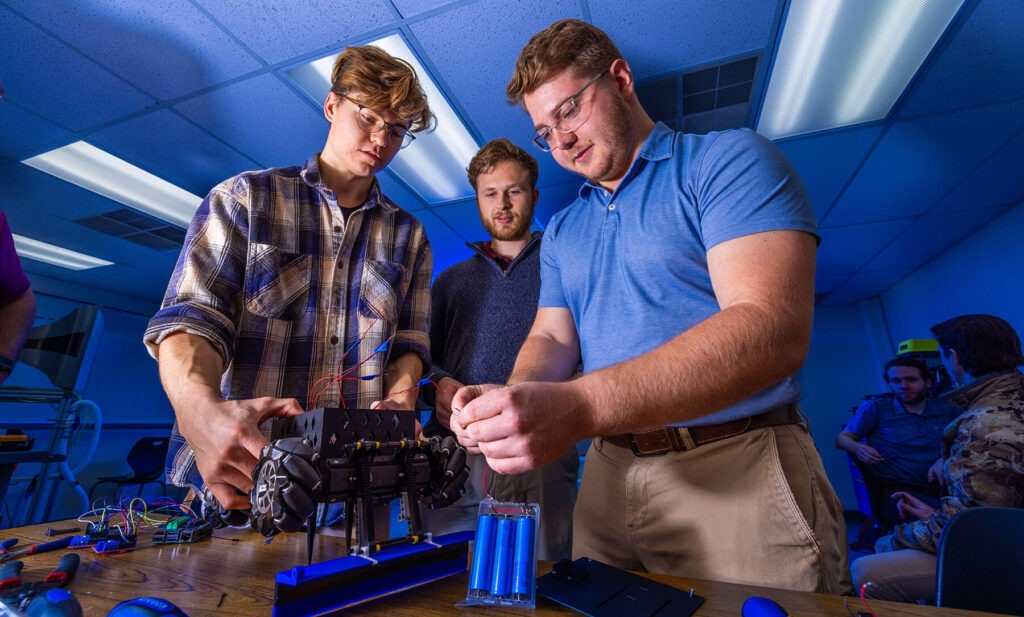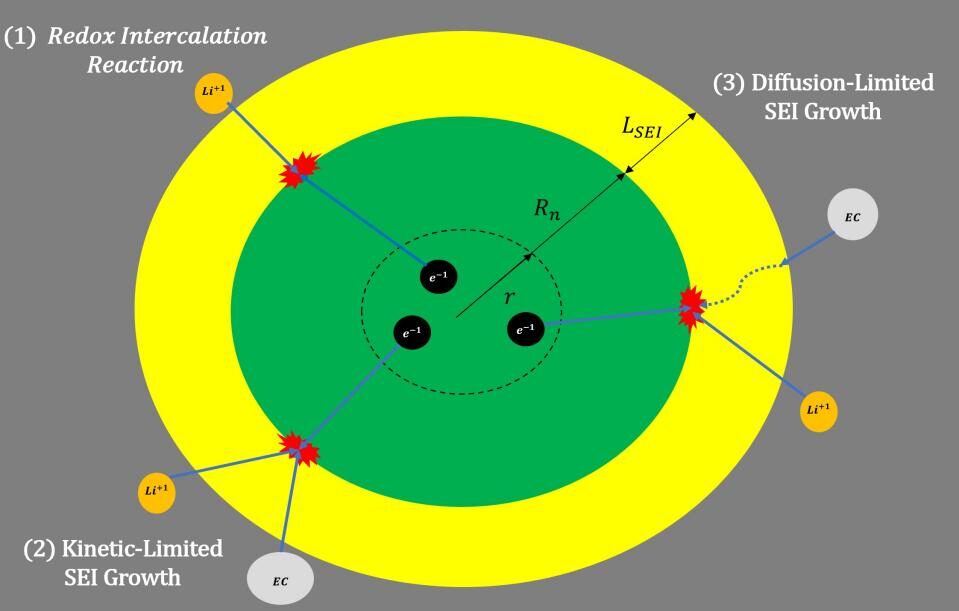How to Choose Between Different Engineering Majors – Students Guide

Choosing the right engineering majors can be a daunting task, especially when considering the statistics surrounding student dropouts. This article aims to provide insights into these statistics, explore the reasons why engineering students often drop out, and offer guidance on how to choose the right engineering major to avoid such pitfalls.
The Statistics of Engineering Majors Dropouts
Engineering is a challenging field of study, and the dropout rates reflect this reality. Various studies and surveys indicate that engineering majors have one of the highest dropout rates among all academic disciplines. According to a report from the National Center for Education Statistics, approximately 40% of students who start with an engineering major switch to another major or drop out of college altogether before earning their degree. This high attrition rate highlights the significant challenges faced by engineering students and underscores the importance of choosing the right major from the outset.
Why Do Engineering Students Drop Out?
There are several reasons why engineering students decide to leave their programs. Here are some common factors, supported by comments from real students:
Academic Difficulty: Engineering majors are notoriously rigorous, requiring a strong foundation in mathematics and science. Many students struggle to keep up with the demanding coursework.
“I was overwhelmed by the sheer volume of work and the difficulty of the subjects. I just couldn’t keep up.” – Mark, former mechanical engineering student.
Lack of Interest or Passion: Some students realize that their interest in engineering was not as strong as they initially thought.
“I thought engineering would be cool, but I found the subjects boring and couldn’t see myself doing this for the rest of my life.” – Sarah, former electrical engineering student.
Poor Preparation: Many students enter engineering programs without a solid foundation in math and science, which are crucial for success.
“I wasn’t prepared for the level of math required. High school didn’t prepare me well enough for this.” – Jason, former civil engineering student.
Stress and Mental Health Issues: The pressure of maintaining high grades and the workload can take a toll on students’ mental health.
“The stress was unbearable. I was constantly anxious and felt like I was drowning.” – Emily, former chemical engineering student.
Better Opportunities Elsewhere: Some students discover more appealing opportunities in other fields that align better with their skills and interests.
“I found a passion for computer science, and it was a much better fit.” – David, former aerospace engineering student.
How to Choose the Right Engineering Major
To avoid the pitfalls that lead to high dropout rates, it’s crucial to choose an engineering major that aligns well with your interests, strengths, and career aspirations. Here are some tips to help you make an informed decision:
Assess Your Interests and Strengths: Reflect on the subjects you enjoy and excel at. If you have a strong interest in and aptitude for mathematics and science, engineering is a good fit. Consider taking career assessment tests to gain further insights.
Research Different Engineering Disciplines: Engineering is a broad field with many specializations, including mechanical, electrical, civil, chemical, and computer engineering, among others. Research each discipline to understand what they entail and what kind of work engineers in those fields do.
Gain Practical Experience: Try to get hands-on experience through internships, part-time jobs, or volunteer work in engineering-related fields. This will give you a better understanding of what to expect and help you determine if it’s the right path for you.
Talk to Professionals and Students: Seek advice from current engineering students and professionals in the field. They can provide valuable insights into the realities of studying and working in engineering.
Consider the Long-Term Prospects: Look into the career opportunities and job market for different engineering disciplines. Some fields may have better job prospects and higher earning potential than others.
Evaluate the Curriculum and Program Requirements: Before committing to a major, review the curriculum and program requirements of the engineering disciplines. Ensure that you are comfortable with the courses you will need to take.
Gain Hands-On Experience: Before committing to a particular engineering major, it’s essential to get a feel for the discipline. One effective way to do this is by taking an online course. Platforms like WiredWhite offer a variety of introductory courses that can give you a taste of what different engineering fields entail. For instance, the Introduction to Mechatronics course can help you understand the integration of mechanical, electrical, and computer engineering, which is crucial in today’s tech-driven world. Alternatively, if you’re leaning towards a more industrial focus, you might want to explore one of their Manufacturing Engineering courses. These courses not only provide foundational knowledge but also allow you to determine if you have a genuine interest in and aptitude for the subject matter.
Prepare for University-Level Studies: Once you’ve decided on an engineering discipline, it’s important to prepare for the rigors of university-level coursework. Engineering programs are often math-intensive, and having a strong mathematical foundation is crucial for success. To build or strengthen this foundation, consider enrolling in courses like the Engineering Mathematics – Numerical Analysis & more Course. We created this course to equip students with the mathematical tools they will need throughout their engineering studies.
By completing such preparatory courses, you’ll learm how to handle the challenging curriculum and have a smoother transition into university studies.
Seek Academic Support When Needed: Engineering can be demanding, and it’s normal to face academic challenges along the way. If you’re passionate about engineering but find certain topics difficult, don’t hesitate to seek help. WiredWhite provides access to experienced tutors who can assist you with various subjects. You can connect with these experts through their members page to get personalized support and ensure you stay on track with your studies.
Remember, persistence and the right support can make all the difference in your academic journey.
By taking these steps, you can make a more informed decision about which engineering major is right for you, reducing the likelihood of encountering the challenges that lead many students to drop out. Choosing the right major is a crucial step towards a successful and fulfilling career in engineering.













Responses